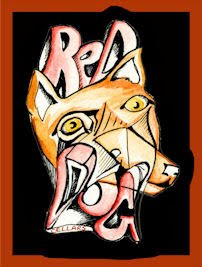 |
| 1st Vintage Label |
Here is your opportunity to buy the first vintage of Red Dog Cellars wine. Red Dog Cellars Red Wine - comprised of 63% Merlot and 34% Syrah. Our wine offers vibrant scents of bing cherry and spicy clove for the nose with brilliant bright red fruit flavors of raspberry, cranberry and pomegranate giving way to smoked meat and white pepper undertones. The solid tannins and balanced acids make your experience enjoyable start to finish! Try a glass and taste for yourself.
Retail
$176.00*/case
Discounted 3 or more cases
$106.00*/case
By the glass menu listed/Restaurant
$106.00*/case
Resale License/Wholesale
$108.00/case
*(tax included, shipping/sale @8.250% Monterey County tax rate)
Contact: Barbara Short
Cell phone:(831) 915-9897
Email: californyapoppy@aol.com
For any inquiries about the website or marketing please contact J. Cooper by email at websketch@yahoo.com
$176.00*/case
Discounted 3 or more cases
$106.00*/case
By the glass menu listed/Restaurant
$106.00*/case
Resale License/Wholesale
$108.00/case
*(tax included, shipping/sale @8.250% Monterey County tax rate)
Contact: Barbara Short
Cell phone:(831) 915-9897
Email: californyapoppy@aol.com
For any inquiries about the website or marketing please contact J. Cooper by email at websketch@yahoo.com
